The D.C. Pride Festival has brought people together since 1975, espousing key human values like community, acceptance and solidarity. From grassroots campaigns to large protests, members of the LGBTQ+ community have fought for equality for decades. The D.C. Pride Festival is a continuation of this fight; it’s a celebration of identity that has often been pushed down and provides a chance for a greater education.
The first D.C. Pride celebration occurred on June 22, 1975, hosted by one of the few openly LGBTQ+ bookstores in the area, Lambda Rising. Owned by Deacon Maccubbin, an openly gay man, the bookstore sold everything from LGBTQ+ theory to erotica, catering specifically to members of the LGBTQ+ community. A sense of community grew from the bookstore, prompting Maccubbin to consider hosting a celebration similar to the Pride march in New York City. He held the festival only a year after the bookstore’s opening, and it was essentially a block party with food and music. Around 2,000 people attended the Gay Pride Day.
In the wake of the 1969 Stonewall riots, LGBTQ+ culture became increasingly forefront in the minds of the general public, but the discrimination never stopped. Sheryl Freedman, a teacher in the Leadership Academy for Social Justice (LASJ) program and the co-sponsor of Whitman’s Pride Alliance club, said LGBTQ+ people at the time were shunned by the general public.
“It was a combination of ignoring and avoidance,” Freedman said, “and then there was plenty of language using gay as a slur.”
Around 10,000 people attended Macubbin’s celebration in 1980, forcing it to expand across three blocks rather than just one. In the following years, the P Street Festival committee was formed to manage the event. That year the parade moved to the West End of D.C., and by the next year, the new committee renamed it the Gay and Lesbian Pride Day to represent a push for greater inclusivity.
In 1990, due to financial difficulties and inclusivity concerns, a new committee took charge of the parade: the Pride of Washington committee. In the years following the change, the parade suffered from financial difficulties due to several consecutive years of rain and a lack of weather cancellation insurance. One In Ten, a D.C.-based arts organization, assumed responsibility for the event and moved it to Freedom Plaza, formerly known as Western Plaza, on Pennsylvania Avenue NW.
The resources to organize such an event proved too much for One In Ten, and in 1997, the Whitman-Walker Clinic — a non-profit community health clinic centered around the gay and lesbian community — became a co-sponsor, renaming the festival the Capital Pride event. The parade was then moved out of Freedom Plaza and onto the avenue itself.
Then, in 1993, the controversial “Don’t Ask, Don’t Tell” (DADT) policy was passed as a compromise that technically allowed LGBTQ+ individuals to serve in the military as long as they did not disclose their sexuality. Before the policy was instituted, members of the military were required to sign a document stating they were not homosexual. Though this was a step forward in some respects, many were resentful of being forced into the closet to keep their jobs.
“The requirement to hide the part of yourself was really the hard part more than anything,” said Dr. Cassandra Browning, a Bethesda resident and military veteran, “because you also wanted to have a pride in serving your country and a pride in serving your government in a way.”
Despite the cultural impacts of the DADT Policy, the LGBTQ+ community persevered, and the Pride Parades remained a symbol of resilience.
By 2000, the Whitman-Walker Clinic had become the sole sponsor of the Pride festival. In 2002, the event was split into a two-day affair; the parade occurred Saturday morning and the festival Sunday afternoon. In 2007, the clinic requested for some other organization to take over the event so that the clinic could focus on healthcare. Members of the pre-existing Pride Planning Committee banded together and created the Capital Pride Alliance, which has hosted every D.C. Pride event since 2008.
The 2000s and 2010s were two very successful decades for LGBTQ+ rights — from advances in legislation to greater acknowledgment on an international scale. The 1998 murder of Matthew Shepard, a gay man, sparked the shifting of federal and state laws to include members of the LGBTQ+ community in hate crime legislation. InterPride held the inaugural WorldPride event in Rome in July 2000 and an estimated 250,000 people attended. The Obama administration finally repealed the DADT policy in 2011 and, in 2015, struck down all state bans on gay marriage. Throughout the 2000s and 2010s, the legalization of homosexuality and same-sex marriages has grown internationally. Though hate crimes motivated by sexuality or gender bias are still prevalent today, the political and social landscape now is very different compared to 20 years ago.
Whitman itself has a Pride Alliance Club, offering a safe space for LGBTQ+ students to connect and make changes in their community, but the club currently doesn’t have a formally organized attendance of D.C.’s pride events.
Because there’s no organized attendance for club members, people like former student Carolina De Paula went to the event themselves. She and her friends had a positive experience with this year’s parade and festival, she said.
“Navigating through the crowds was difficult and I had to walk for a long time but overall it was really fun,” De Paula said. “I had no idea the Heartstopper actors were going to be on the British [embassy] float, but I loved seeing them — it was really cool.”
Such a large level of public support for LGBTQ+ youth marks an inspiring turn for society, particularly when it was so rare just a couple of decades ago. Support for same-sex marriage has grown from 27% in 1996 to 71% in 2022. The Pride Parade has aided not just in awareness, but in education as well.
“I think a lot of it is about the organizations hosting the floats also passing out literature and stickers that get people to know where to start in terms of advocating,” Freedman said. “The parade is really a celebration, [but] I think the events surrounding the parade are about the education and advocacy.”



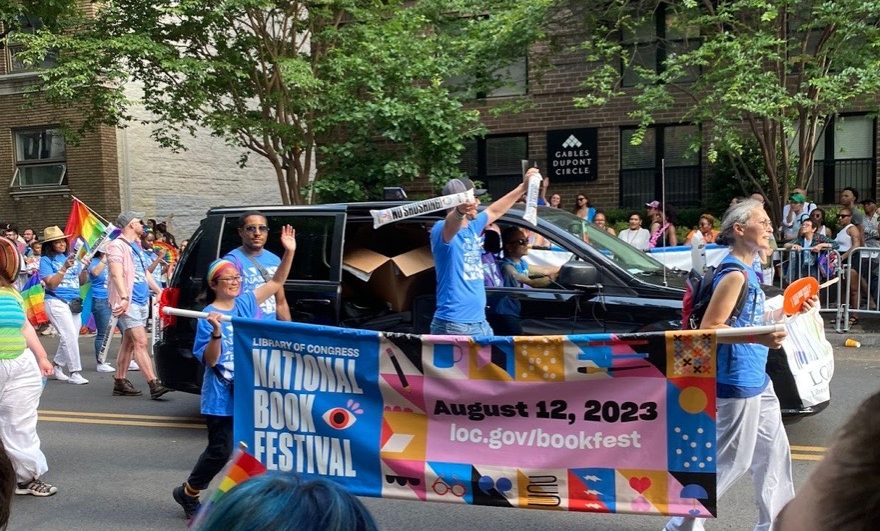

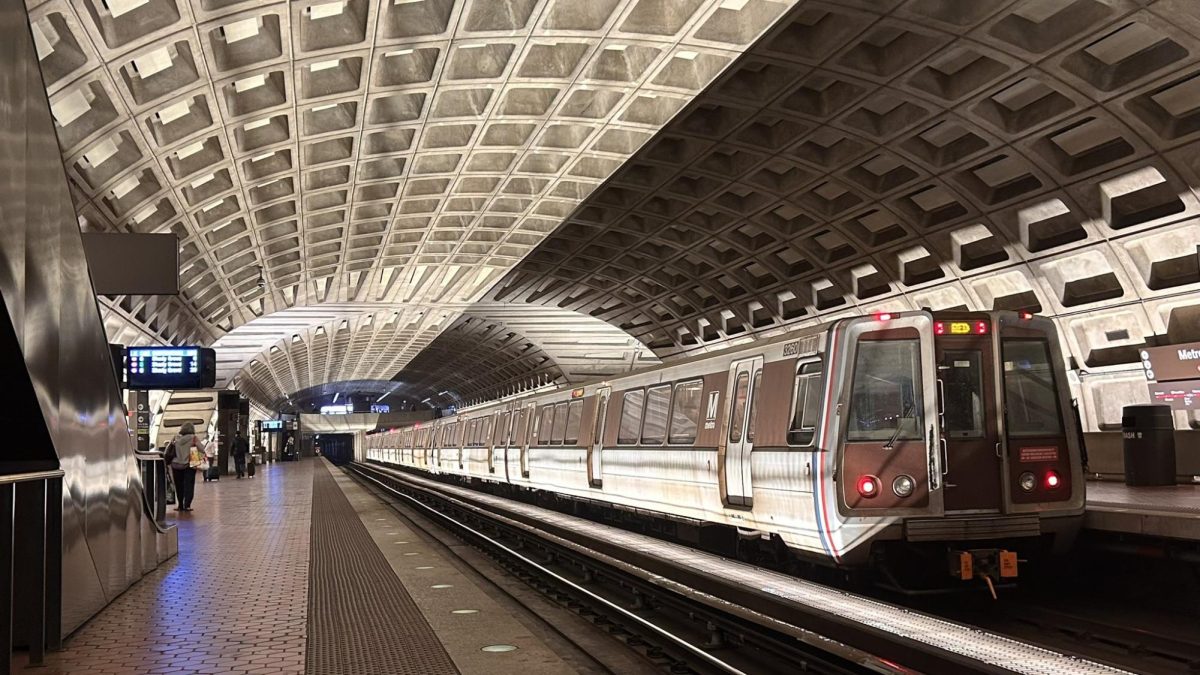
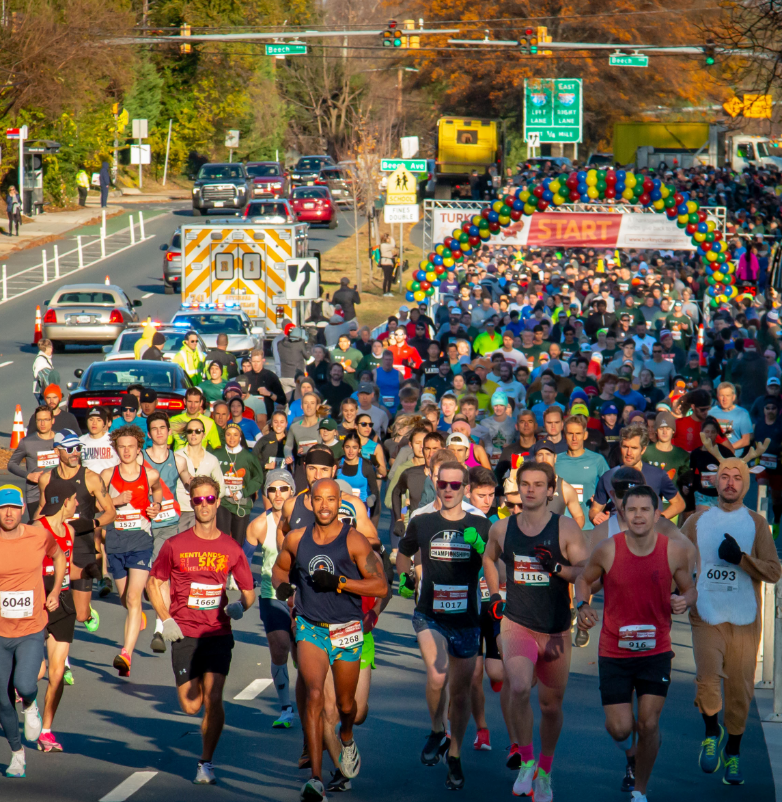
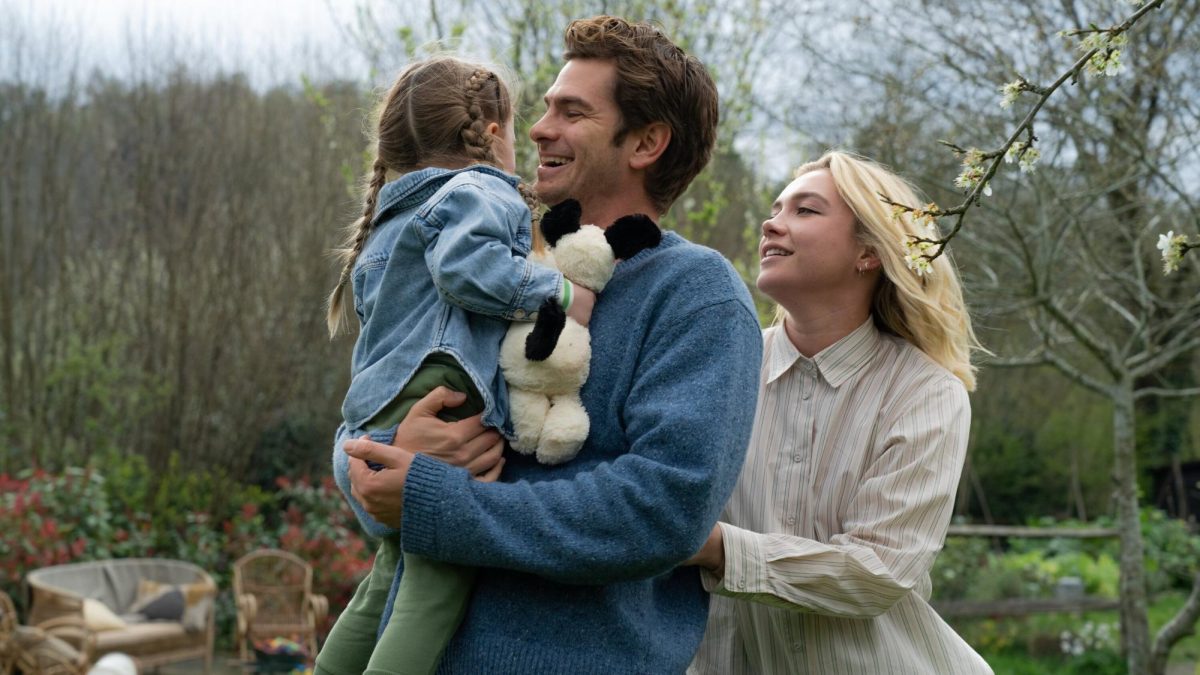
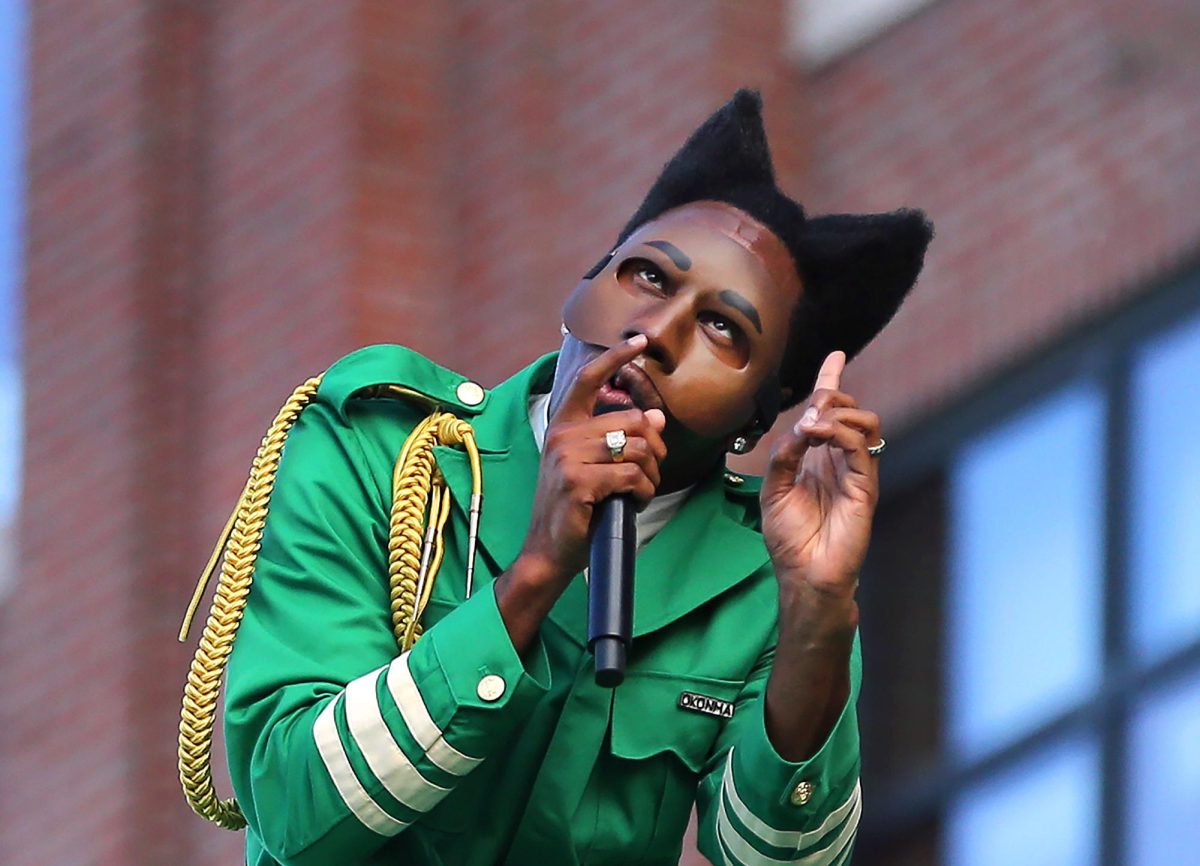







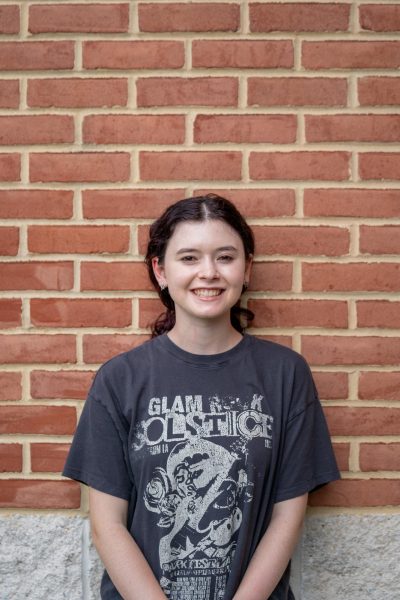
Luisa Rollan • Aug 20, 2023 at 1:45 pm
Un articulo estupendo,muy bien ,expresado y contado.
La persona que lo escrito, se ha informado muy bien de la historia previa y todo lo ocurrido.
Una gran comunicadora.
Me a encantado.
Le doy la maxima disticion y expectacular publicacion.
Merece la maxima puntuacion y reconocimiento.
Luisa